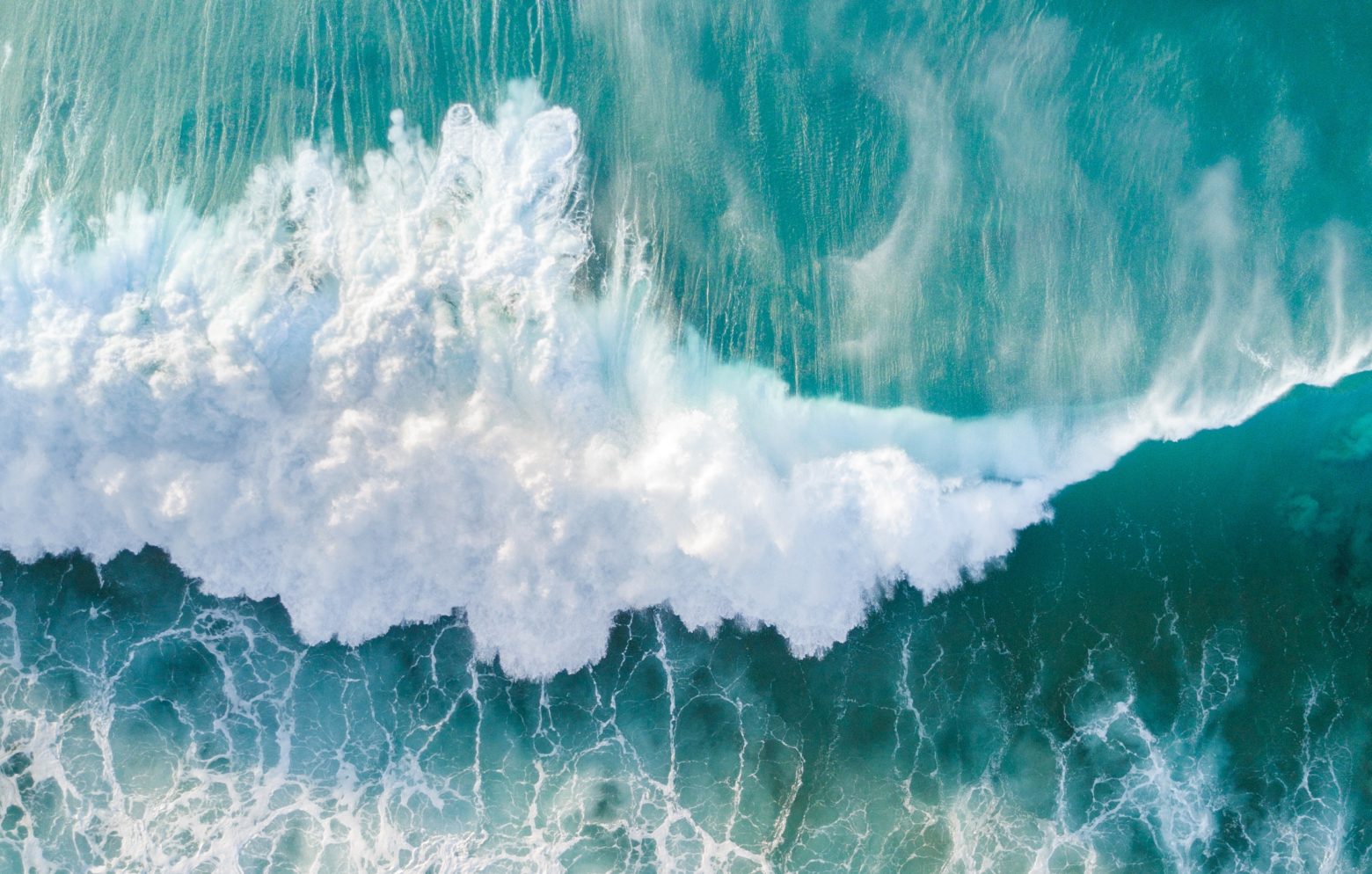In a recent yearbook decision (KHO:2023:73), the Supreme Administrative Court held that a developer must provide the key dimensions of wind turbine generators (“WTGs”), including tip height, rotor diameter and hub height, when applying for building permits required for construction of WTGs. The Court’s decision effectively reverses the current practice of providing the dimensions shortly before construction works are commenced, thus resulting in a more stringent regulatory environment for onshore wind projects as well as projects located on Finnish territorial waters. Projects located on the exclusive economic zone of Finland do not require building permits and, therefore, remain unaffected by the decision.
The Court’s Decision
The Supreme Administrative Court held in an earlier yearbook decision (KHO:2019:125) that the information specifying the WTG in the building permit application must be “sufficiently precise”. The recent decision (KHO:2023:73) now expounds on this rule and will function to invalidate building permit applications that fail to e.g., specify key dimensions of the WTGs.
The Court stated that while the Finnish Land Use and Building Act (or the acts adopted pursuant to it) does not require providing exact technical details of the project (such as the chosen WTG model) in the building permit application, the specifications and drawings that must be appended to the application must contain information on the key dimensions of the WTGs to ensure compliance with applicable laws and regulations as well as the requirements of good construction practice. In addition, the Court held that the specifications and drawings should also contain information on facts and circumstances which could affect safety of the construction and the WTG, standing of neighbouring landowners as well as its suitability on the surrounding environment. Lastly, related environmental studies must be available when a decision on granting the building permit is made.
Key Takeaways
Developers must begin specifying key dimensions of the WTGs when applying for building permits required for their construction in order to comply with the Court’s decision. Presenting only the maximum tip height and providing the dimensions shortly before construction works are commenced will no longer suffice.
The decision should, however, not be interpreted to mean that no deviations to the chosen WTG model are possible after the developer has applied for building permits. The decision simply outlines the details that must be provided to the local construction authority when applying for building permits in wind power projects. Within the key dimensions set forth in the building permit application, it could still be possible to present different WTG model alternatives (including noise and flickering modelling reports for each WTG model) and choose the model from the options laid out in the building permit conditions closer to commencement of construction works.
Investors should always retain competent advisors who are aware of permitting requirements set forth in latest case law and, accordingly, capable of reliably assessing whether the project can be constructed as planned before making a final investment decision.
Contacts
We are actively monitoring all legislative developments affecting the Finnish onshore and offshore wind sector and would be pleased to discuss any questions that you may have. Experts from our Energy & Infrastructure team will be attending Wind Finland, the most significant event in Finland dedicated to wind power, on 4 October 2023 and would be delighted to meet you there.


